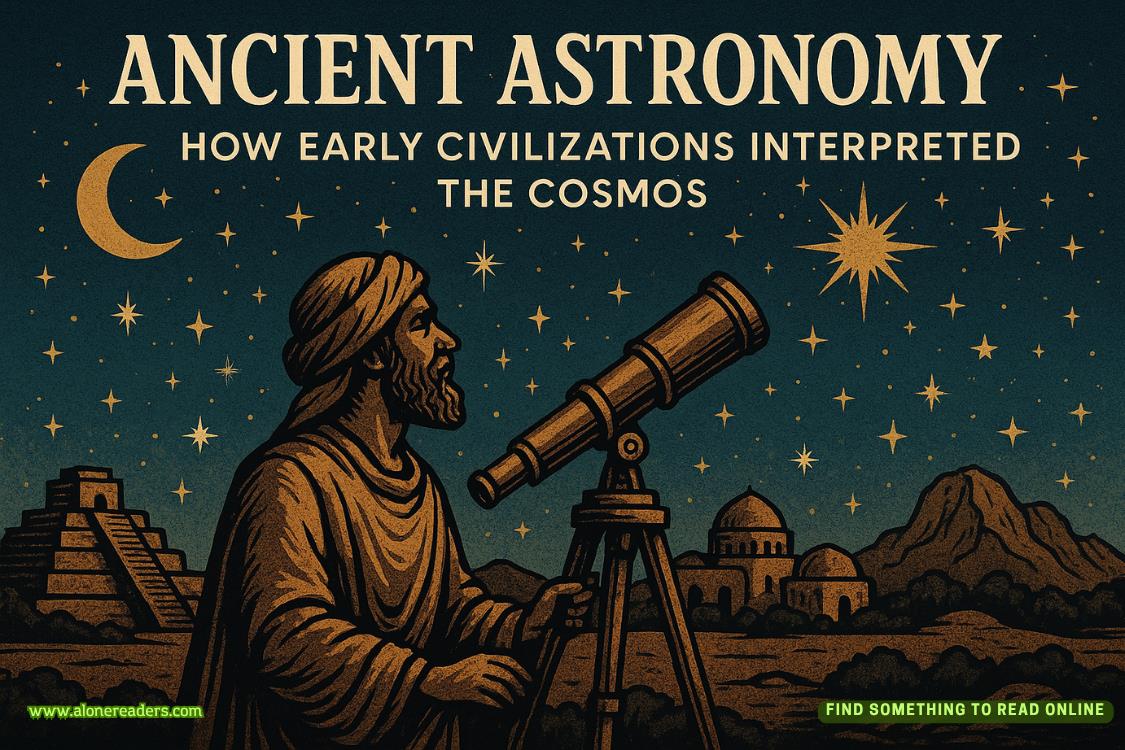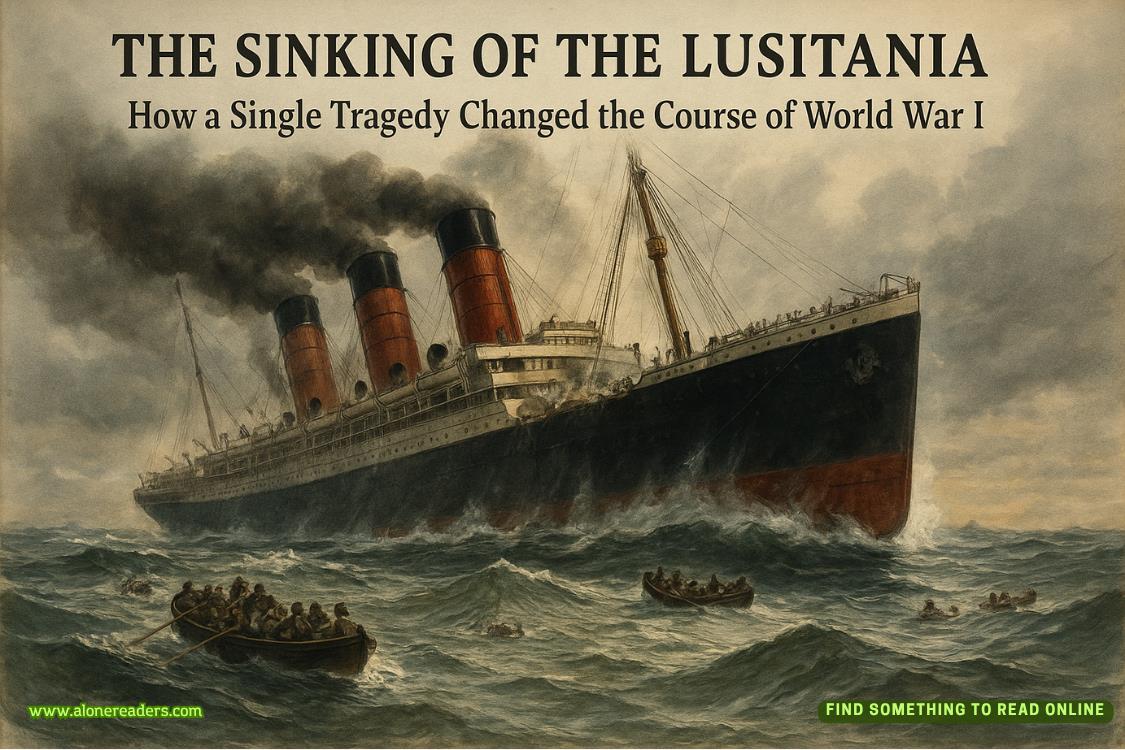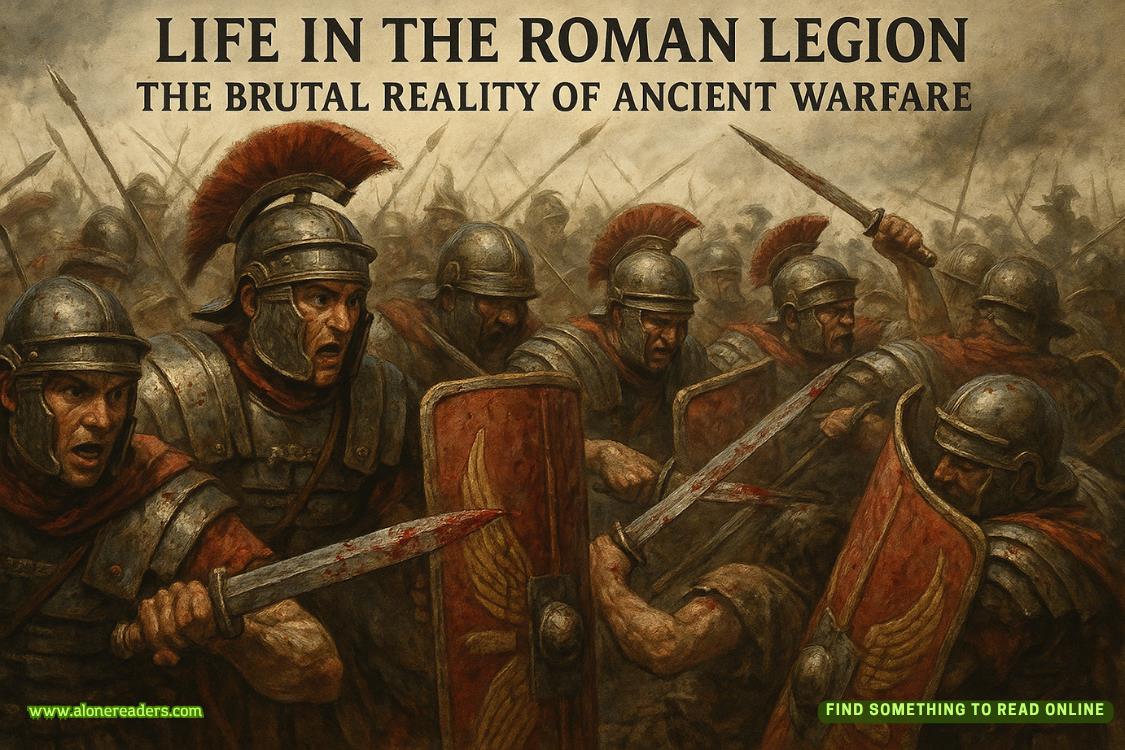Page 55 of DATE
She had lived through wars, the power games of politics, and had spent far too long in the fame and fortune of Hollywood.
Compared to a dead body, it was the living that truly frightened her.
“You continue your research, I’m going to rest in my room.”
She washed her hands beside him, but then suddenly remembered something. Turning to him, she said, “When you send the body back to the grave, make sure to wash your hands first when you come back.”
“Why?”
Hedy paused for a moment, instinctively responding, “You don’t know why you should wash your hands?”
Da Vinci looked just as confused. “If there’s dirt, just wipe it off, right?”
A generational gap.
This was the "generation gap" her granddaughter had mentioned before.
Hedy had intended to brush off the topic, but something in her felt off.
“I remember… there was a case of a Caesarean section in Florence, wasn’t there?”
At Christmas, she had attended a banquet and overheard some women chatting, and at the time, she had felt a sense of relief.
But now, thinking back on it, the thought made her shudder.
Da Vinci, waiting for her explanation, was surprised when she suddenly brought up a different subject. “Really? What’s wrong?”
When she was cutting open the heart earlier, she hadn’t felt fearor panic.
But hearing this, a cold chill ran down her spine.
“Those doctors—don’t they wash their hands when delivering babies?”
“So why wash hands?”
“Is the mortality rate high?”
“...Very high. Right now, they still mostly use traditional methods for delivery, and only when it’s really necessary will they choose to perform a C-section.”
Da Vinci had been studying how muscles change when the hand opens and closes, but now he stopped his work and turned to look at her. “What’s going on?”
Hedy, almost without realizing it, had washed her hands four or five times. She took a deep breath and instructed, “Don’t tell anyone about this for now. I’ll explain it to you in a couple of days.”
Penicillin could wait, and other matters could be set aside for the time being.
She needed to focus on making a microscope first.
Only when people understood the concept of microorganisms could they begin to understand viruses and bacteria and further their knowledge in other areas.
Having already been paid for a month's salary and finally free to leave the palace, Hedy took the blueprint with her and headed to the optician's shop on West Street of the square the following morning.
Italy’s glassmaking technology was renowned, and for centuries to come, it would be famous worldwide.
With the advancement of craftsmanship, churches began to install more and more mosaic glass, allowing sunlight to cast different patterns of light and shadow.
People of this era favored wearing single-lens spectacles, considering them a symbol of status and refinement.
With the right lens and a sufficiently flexible frame, it was possible to assemble something resembling a microscope.















